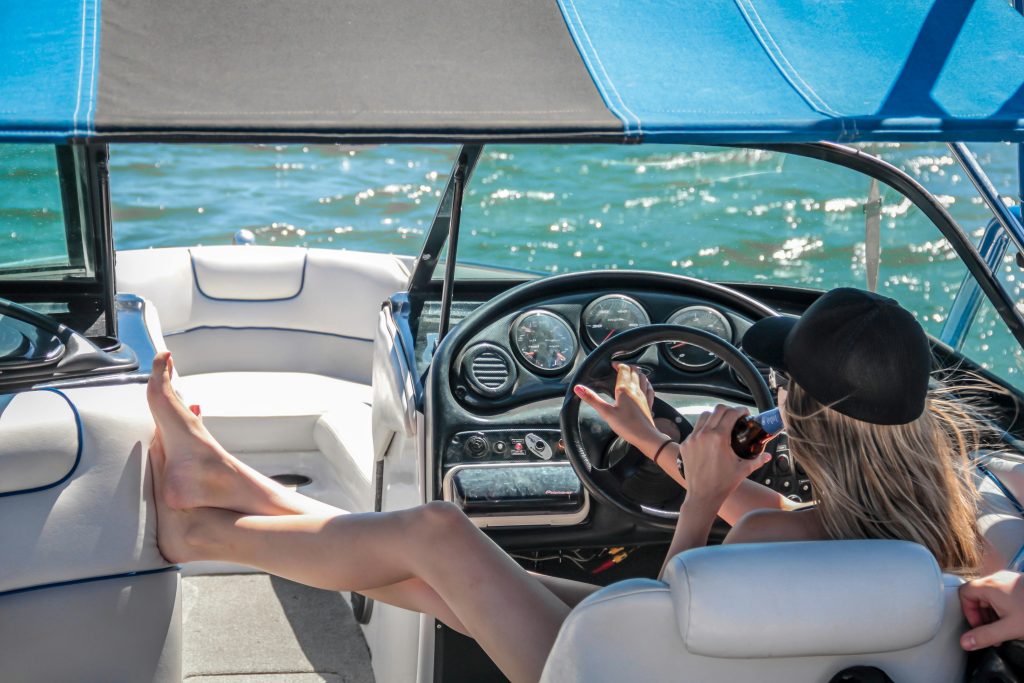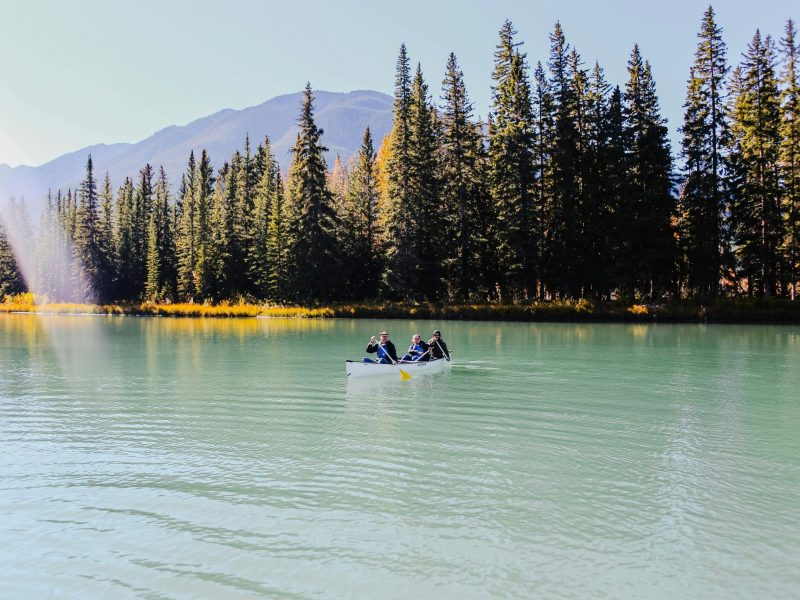Right of Way
Boats under sail (without utilizing their motor) have the option to proceed over mechanized boats, as they have less mobility.
Boats under sail (without utilizing their motor) have the option to proceed over mechanized boats, as they have less mobility.

Similarly as vehicles have traffic rules, boats follow a particular “option to proceed” framework to forestall crashes and guarantee a smooth route. These principles are urgent, particularly in regions with high boat traffic. While overwhelming another boat, the boat passing (the surpassing boat) should give way. You ought to pass on one or the other side, yet do so securely and gradually.


Assuming two boats are running into each other, the boat on the right (starboard) has the option to proceed. The other boat should dial back and permit them to pass.
Dial back well before you enter a no-wake zone and keep your speed low until you’re totally clear of the zone. Continuously know about posted signs showing these zones, and if uncertain, decide in favor alert by diminishing your speed. “No-wake zones” are regions where boaters are expected to dial back to a speed that doesn’t make waves or “wake.” Prepare your boat to send off (eliminate covers, append ropes, really look at the motor) before it’s your chance on the slope. Try not to hinder the slope while preparing your boat.

Sending off or mooring your boat can be a rushed encounter, particularly during active times at public slopes or marinas. Legitimate decorum at the harbor guarantees that everybody can stack and empty their boats without a hitch and without pointless deferrals.
